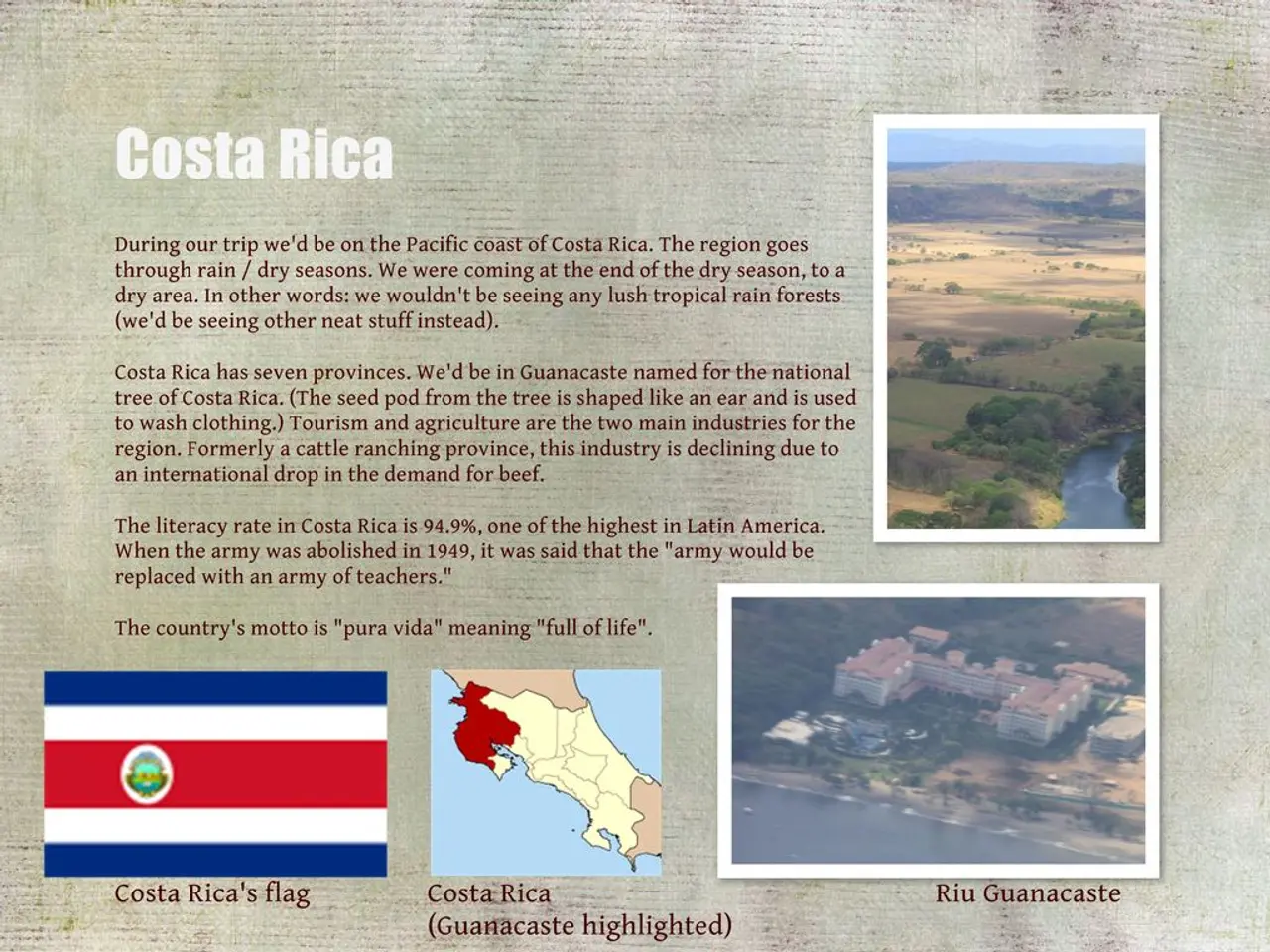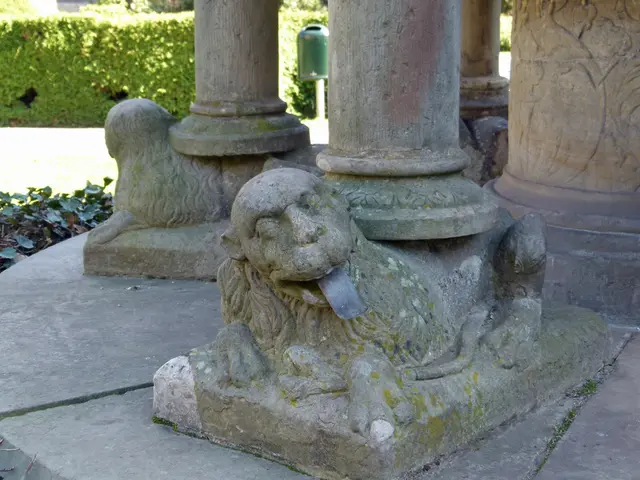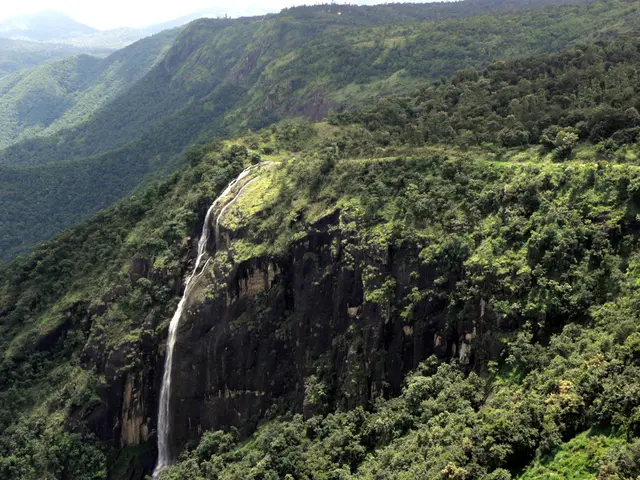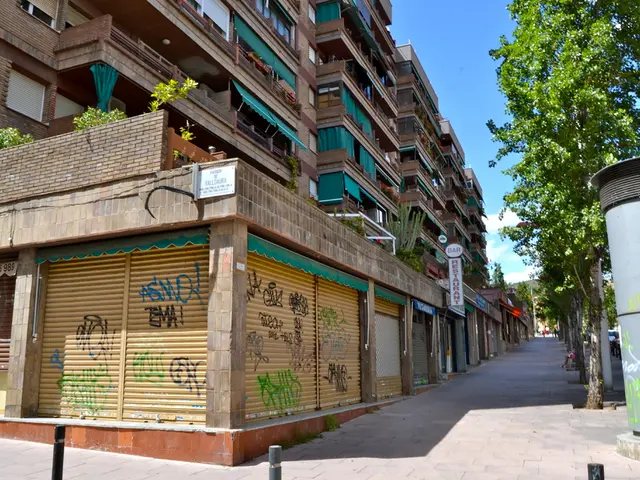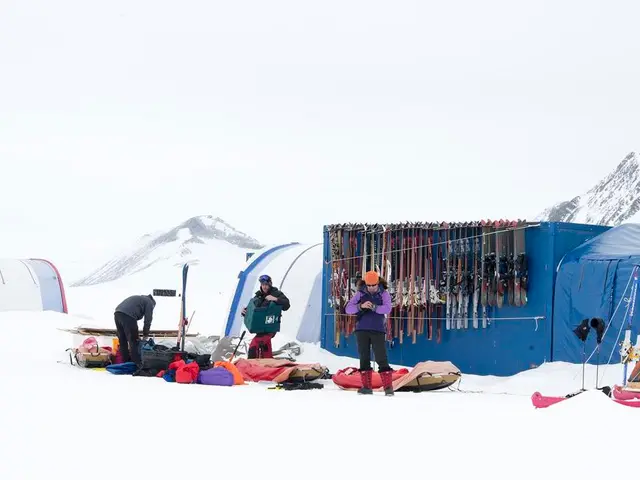Infiltrating Piedras Blancas National Park to Track Down Snakes
In the lush, untouched landscapes of Costa Rica, one creature stands out as a formidable force – the Fer-de-lance, also known locally as the Terciopelo. This venomous pit viper is not only the most dangerous snake in Costa Rica but is also responsible for up to 46% of snakebites in the country [1].
Found predominantly in the South-West corner of Costa Rica, including Piedras Blancas National Park, the Fer-de-lance is a creature to be respected. With its highly feared potent venom and aggressive nature when threatened, it is not a snake to be trifled with [1]. Despite this, it is not the most venomous snake in Costa Rica; however, its prevalence, size, and the severity of its bites make it the most dangerous [1].
The Fer-de-lance does not actively pursue humans but can strike quickly if provoked or accidentally encountered [1]. To protect visitors, Playa Nicuesa Lodge, hidden within Piedras Blancas National Park, provides tall rubber jungle boots for hiking, offering an extra layer of protection against snakebites [2].
Playa Nicuesa Lodge offers more than just safety measures. The abundance of nature, secluded beaches, and pristine rainforest make it a peaceful and relaxing place to stay. Nature walks in Costa Rica are often more productive after sunset, as many animals are more active at night [3]. For those seeking a unique experience, a yoga class on the edge of the water at Playa Nicuesa Lodge offers stretching and breathing techniques while surrounded by the sounds of nature [2].
Exploring Piedras Blancas National Park can be an exciting and memorable adventure. Over the course of 2 days, various wildlife encountered includes frogs, snakes, bats, scarlet macaws, peccaries, Jesus Christ lizards, coatis, toucans, howler monkeys, and dolphins [4]. However, visitors should be mindful of the Fer-de-lance, particularly in the park, where encounters with this venomous snake are possible [5].
Venom from a Fer-de-lance bite can cause severe health issues, including kidney shutdown, skin tissue rot, and bleeding from the eyes and mouth [6]. Fortunately, modern medical treatments have greatly improved the survival rate of snakebites, making it crucial to seek immediate medical attention if bitten [6].
The Fer-de-lance, a creature of the night, adds an element of adventure to the already captivating beauty of Costa Rica's Osa Peninsula. While it may be feared, understanding its characteristics and taking necessary precautions can ensure a safe and enjoyable exploration of this diverse and breathtaking region.
References: [1] Costa Rica Travel: Fer-de-lance (Terciopelo) – The Most Dangerous Snake in Costa Rica. (n.d.). Retrieved May 10, 2023, from https://www.costaricatravel.com/costa-rica-travel-info/fer-de-lance-terciopelo-the-most-dangerous-snake-in-costa-rica/ [2] Playa Nicuesa Lodge. (n.d.). Retrieved May 10, 2023, from https://www.playanicuesa.com/ [3] Costa Rica: A Wildlife Guide to Piedras Blancas National Park. (n.d.). Retrieved May 10, 2023, from https://www.costaricaguide.com/piedras-blancas-national-park/ [4] Wildlife of Costa Rica: Piedras Blancas National Park. (n.d.). Retrieved May 10, 2023, from https://www.wildlifecostarica.com/piedras-blancas-national-park/ [5] Costa Rica Snake Bites: What to Do If You Encounter a Venomous Snake. (n.d.). Retrieved May 10, 2023, from https://www.costaricatravel.com/costa-rica-travel-info/costa-rica-snake-bites-what-to-do-if-you-encounter-a-venomous-snake/ [6] Fer-de-lance (Terciopelo) - Symptoms, Treatment, and Prevention. (n.d.). Retrieved May 10, 2023, from https://www.healthline.com/health/fer-de-lance-terciopelo#symptoms
During an adventure-travel expedition in Costa Rica's Piedras Blancas National Park, travelers may encounter the Fer-de-lance, a venomous snake that requires careful respect. To minimize the risks, visitors can opt for equipment such as tall rubber jungle boots offered by Playa Nicuesa Lodge, fostering a safe and exciting lifestyle in the heart of untamed nature.
